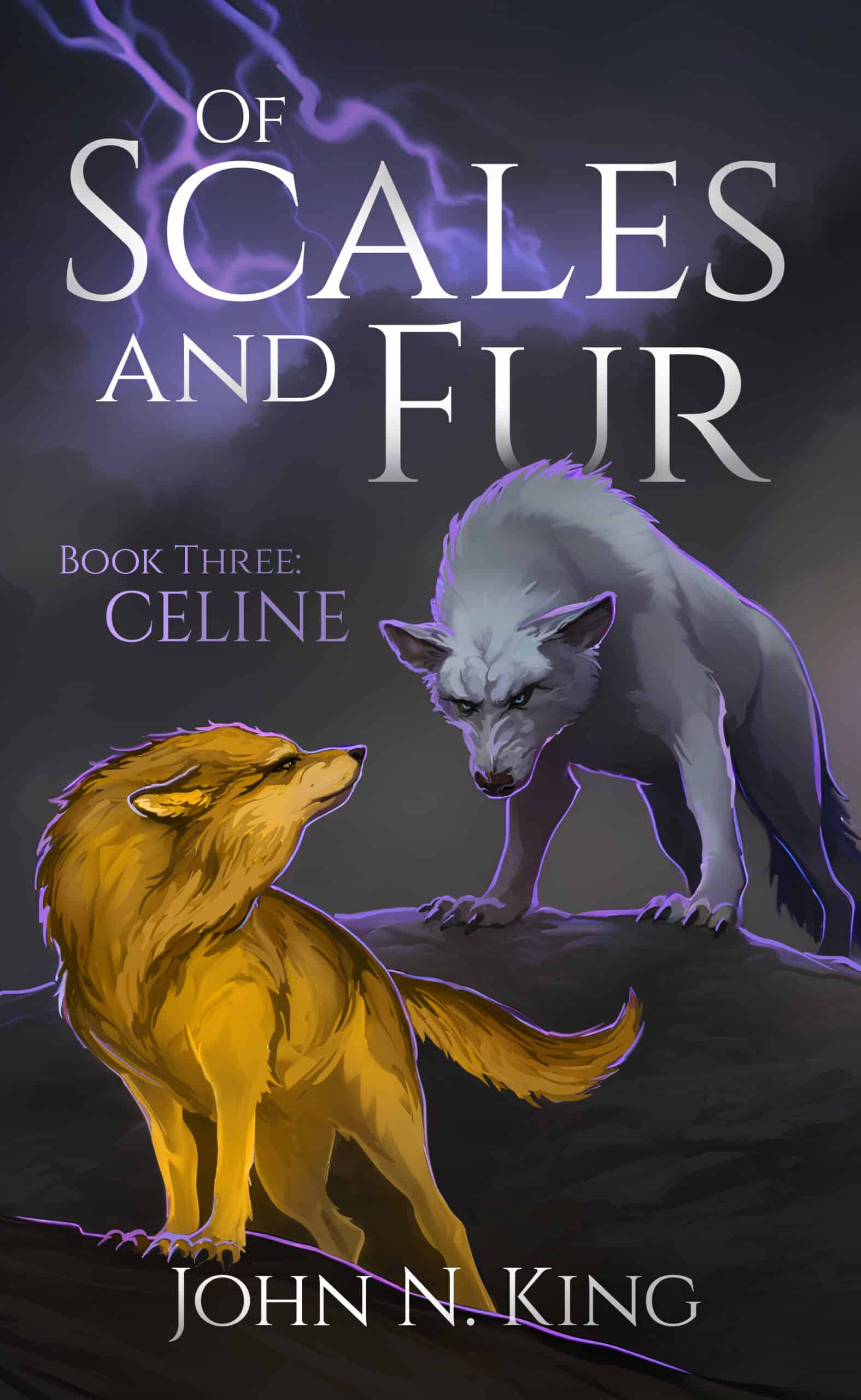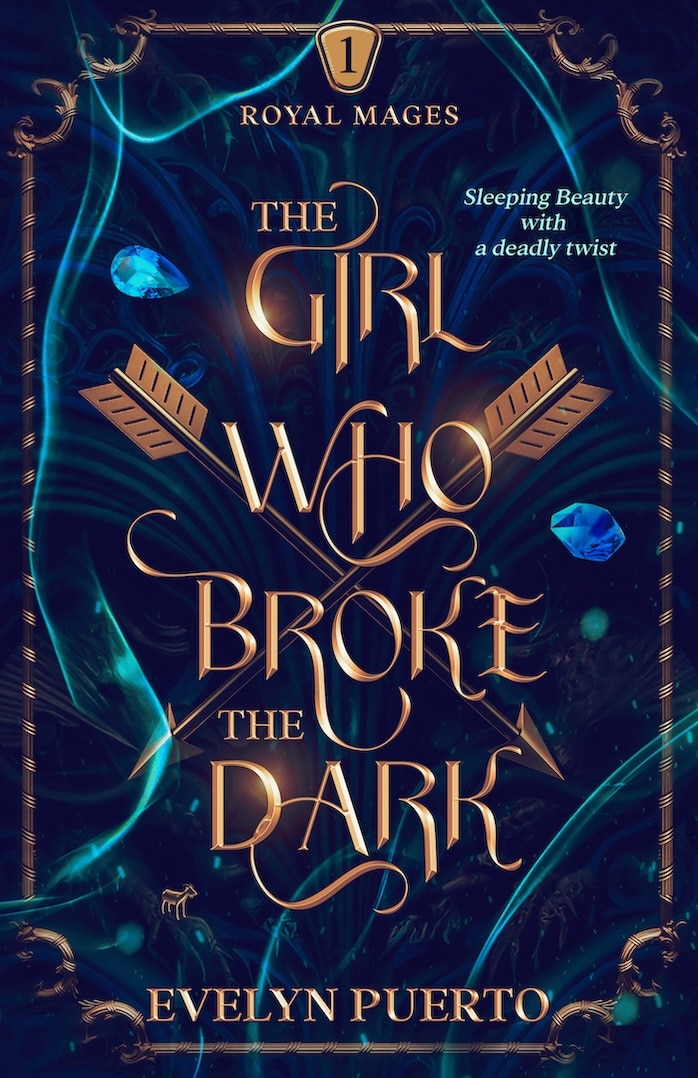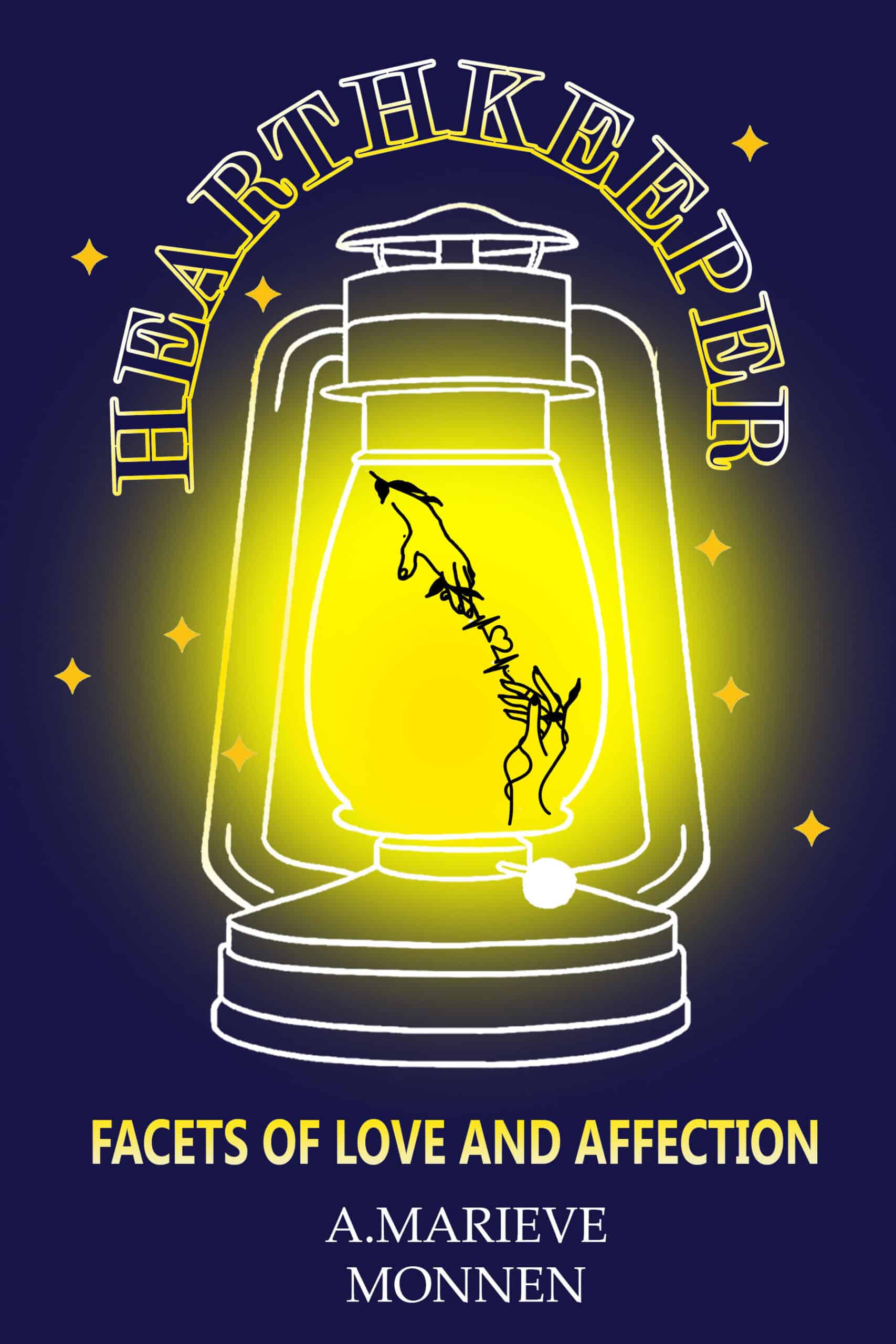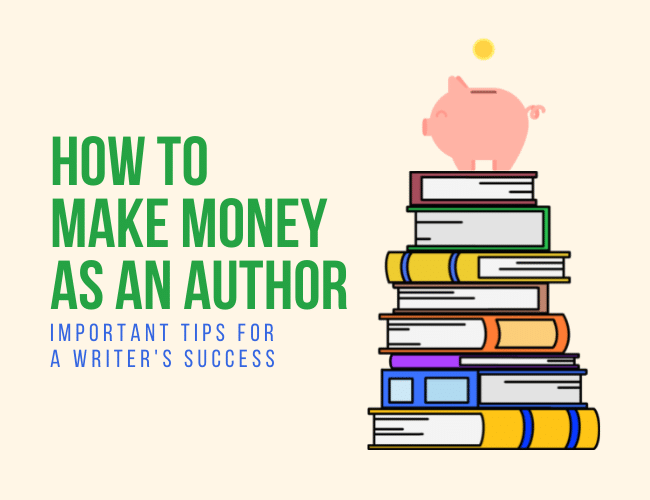
by Joslyn Chase |
Writing an effective sales description is an important part of the book business. Using the basic pattern outlined above, practice writing the sales copy for a book you’ve written or one you are in the process of writing.
If you don’t currently have a book project, write the blurb for a book you read recently, or even a movie you watched. The point is to practice looking at the story from a marketer’s perspective and writing a description that sells.
Take fifteen minutes to write your blurb. When you’re done, share your blurb in the comments below. Be sure to leave feedback for your fellow writers who want to be successful authors! Based on their blurbs alone, would you read the book?
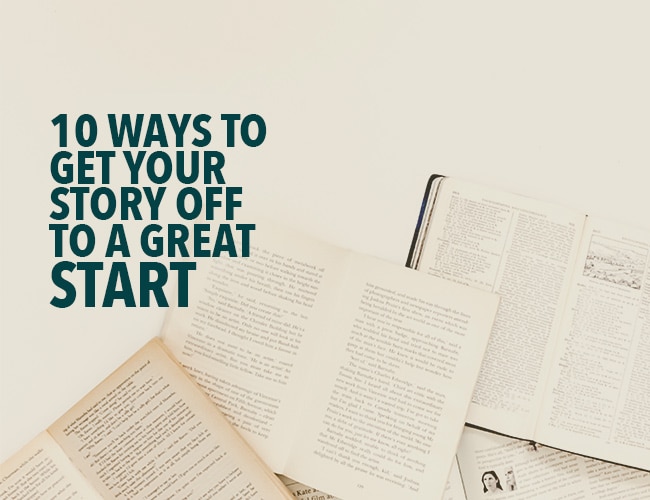
by Joslyn Chase |
Perhaps you’ve heard the old publishing proverb: The first page sells the book; the last page sells the next book. I’m convinced there’s a mammoth grain of truth in that. The beginning and the end of any story are critical elements that you really want to nail.
Today, we’re going to focus on how to start a story—in other words, how you can craft a spectacular beginning that will hold readers spellbound and get them to turn that first all-important page.
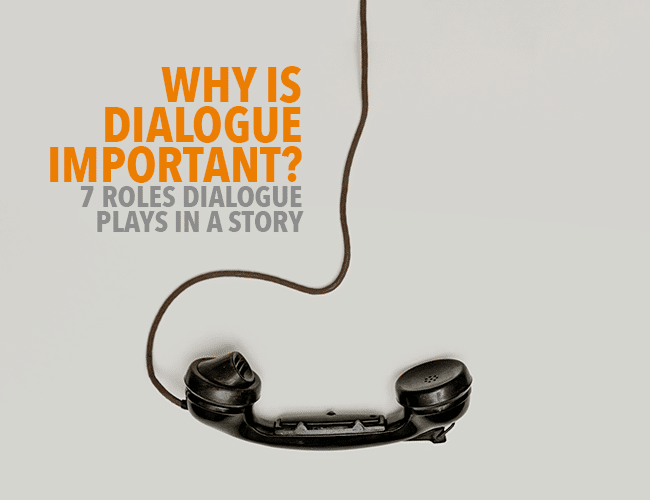
by Joslyn Chase |
If you’re looking for a surefire way to improve your story, you’ll be happy to know there’s a fast-acting method at your disposal. According to writing expert James Scott Bell, it’s “the fastest way to improve any manuscript.”
I’m talking about dialogue.
But here’s the thing—dialogue is more than just the words you put in your characters’ mouths. On screen and stage, it’s the actor’s job to take his lines and infuse them with meaning, expression, emotion, and so on. On the page, that’s your job.
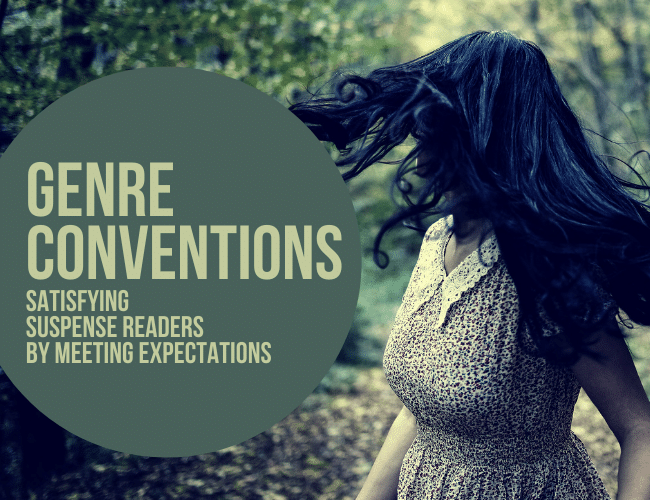
by Joslyn Chase |
When you sit down with a book, are you hoping for a particular type of story experience? This is a common desire, since readers—know it or not—are drawn towards specific genres and genre conventions.
From a writer’s perspective, knowing these genre “flavors” and how to create them to satisfy reader expectations is key to writing stories that will keep readers coming back.
In addition, understanding the genre conventions and obligatory scenes helps you push yourself farther and reach higher to innovate and twist what’s been done before, astonishing readers…and even yourself!
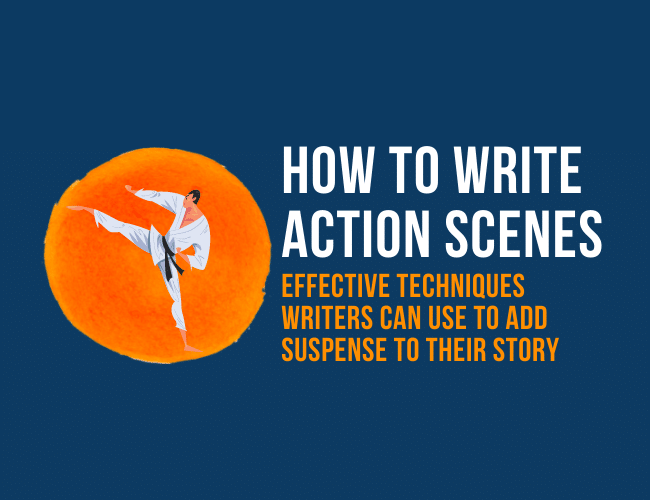
by Joslyn Chase |
You sit down, ready to write, and you’re excited because this scene is going to be full of terrific action-packed conflict to grab your reader. But then you wonder, do you even know how to write action scenes?
Are plot points and blow-by-blow action really what keeps readers turning pages? Do you know how to write the kind of action that will add suspense to the story, rev your readers’ heart rate, and leave them dying to know what happens next?
Creating an action scene that works on screen is difficult. Creating an action scene that works on the page might be an even steeper challenge!
Luckily, there are writing strategies to help you write an action scene with skill.





